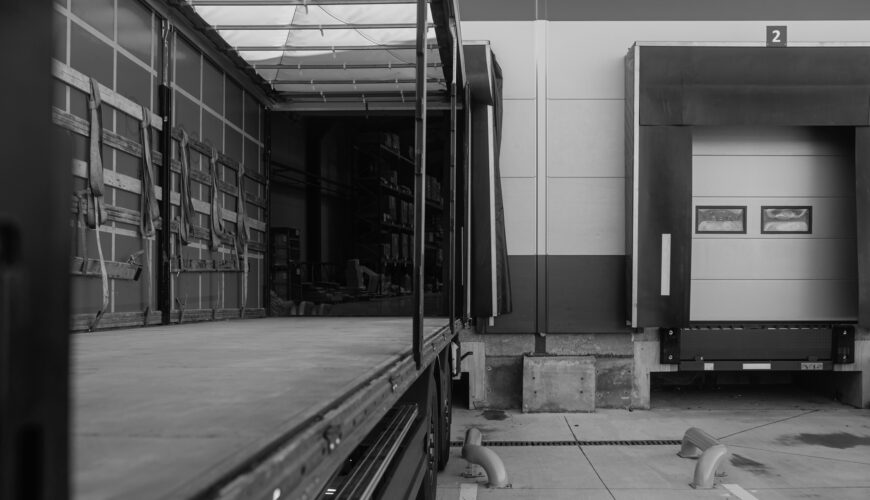Supply chains fight back by implementing tools to prevent widespread cargo theft. Product shrinkage, whether inside the warehouse or from a tractor-trailer, has always been an issue in supply chain management. Most organizations budget for loss. However, cargo theft has exploded for many reasons over the past few years. Establishing methods to prevent loss is essential, and new technologies are entering the market to do just that.
At issue is the fact that organized theft rings have surged since the beginning of the pandemic four years ago. A recent report tagged the dollar amount at close to $700 million in 2023, a 67 percent increase over the average in 2022. Predictions are for even higher levels of loss in 2024.
What’s driving the increase in cargo theft? Some of the trends can be tied to the fact that, since the pandemic, consumers have a scarcity mindset when purchasing. They grew accustomed to stock outages for popular items and began sourcing them from various new and unchecked websites and businesses. Not all these sites are credible, so checking their validity becomes more difficult. When products don’t show up, consumers don’t have much recourse.
Organized thieves, therefore, have a much easier time stealing and reselling goods. Electronics remain at the top of the list for theft for the third year, representing 22 percent of all cargo thefts. However, food and drinks are also in high demand among thieves, jumping by 66 percent of targeted items last year.
Truck stops are the most accessible spot for thieves to pull off a heist. Tired drivers often leave their trucks idling, their trailers full of goods. A thief can step into the cab and pull away. However, nearly a third of all product theft occurs within the warehouse. With high staff turnover, it’s often too easy for an employee to walk out the door with stolen goods and never return to the job. This makes capturing the thief more difficult.
To fight back, supply chains need to implement tools to prevent such widespread theft. Some of those tools include GPS devices attached to trailers—when a thief makes off with a tractor-trailer, the device tracks its location in real time, alerting local law enforcement. With a quick recovery, most loads are still relatively intact when law enforcement arrives. Within the warehouse, there are several layers of security to add. These include secure fencing, access control systems, surveillance cameras, alarm systems, and good lighting. Involving your existing staff to report suspicious activity, implementing a no-tolerance policy, and educating your supervisors to look for patterns can all help. Internal inventory tracking with RFID tags and sensors that communicate with the software will also let you know where every product is and when.
Cargo theft will always be a problem, but the right tools can mitigate the losses. Learn how to protect cargo and mitigate losses.


